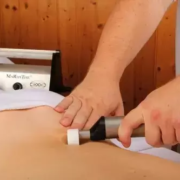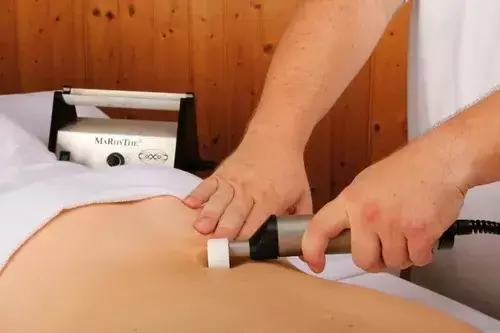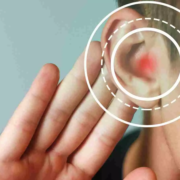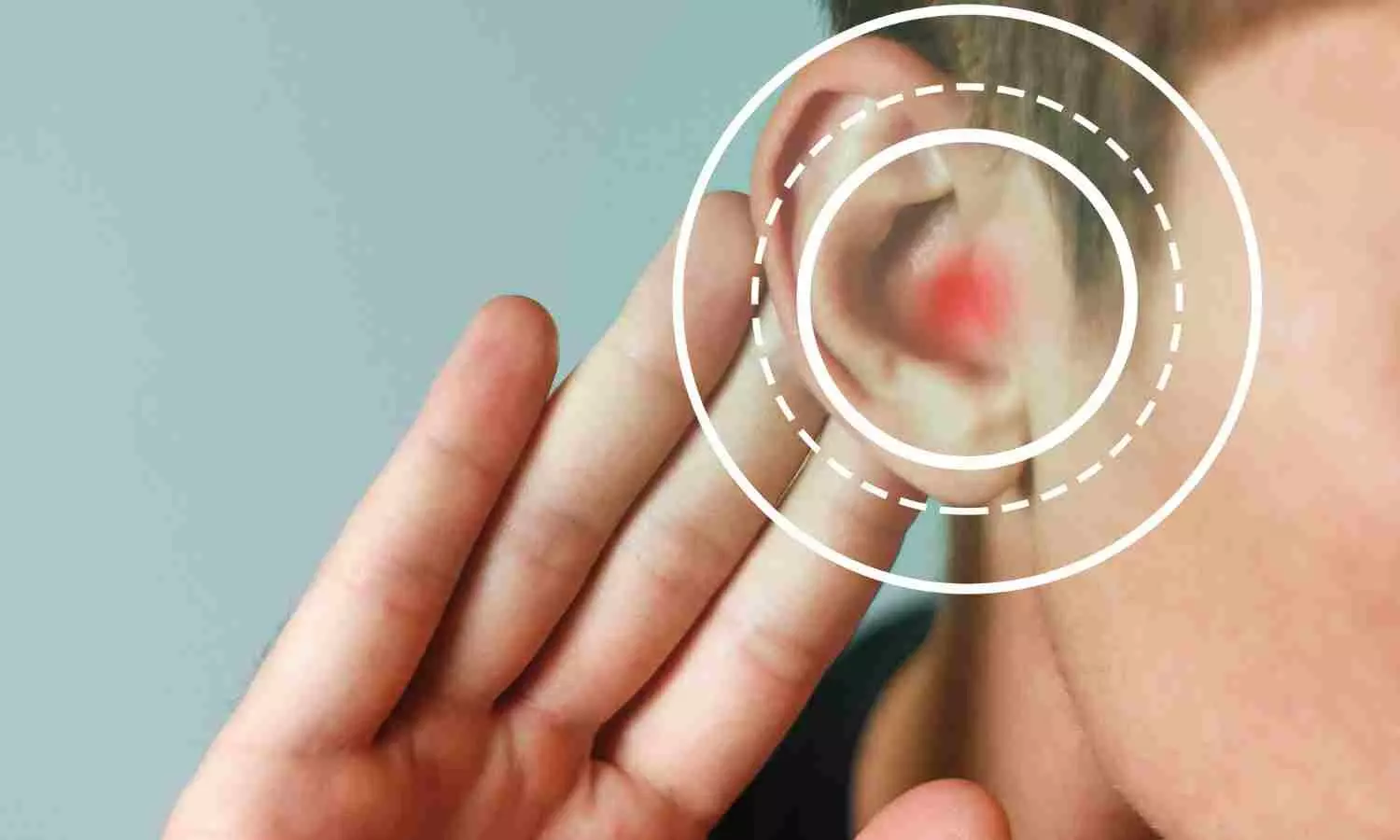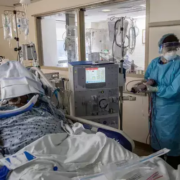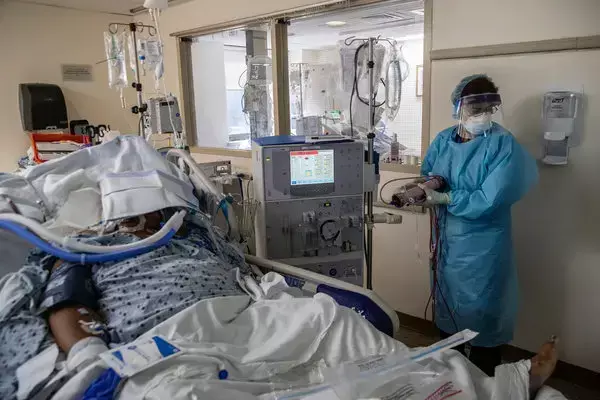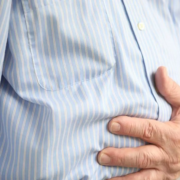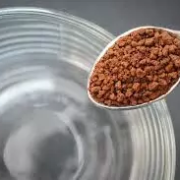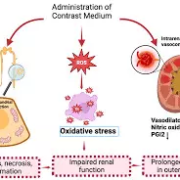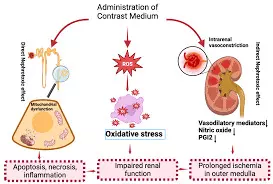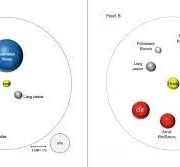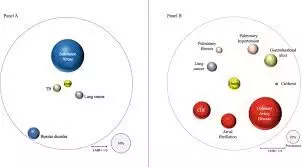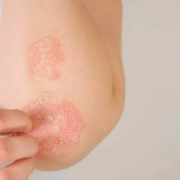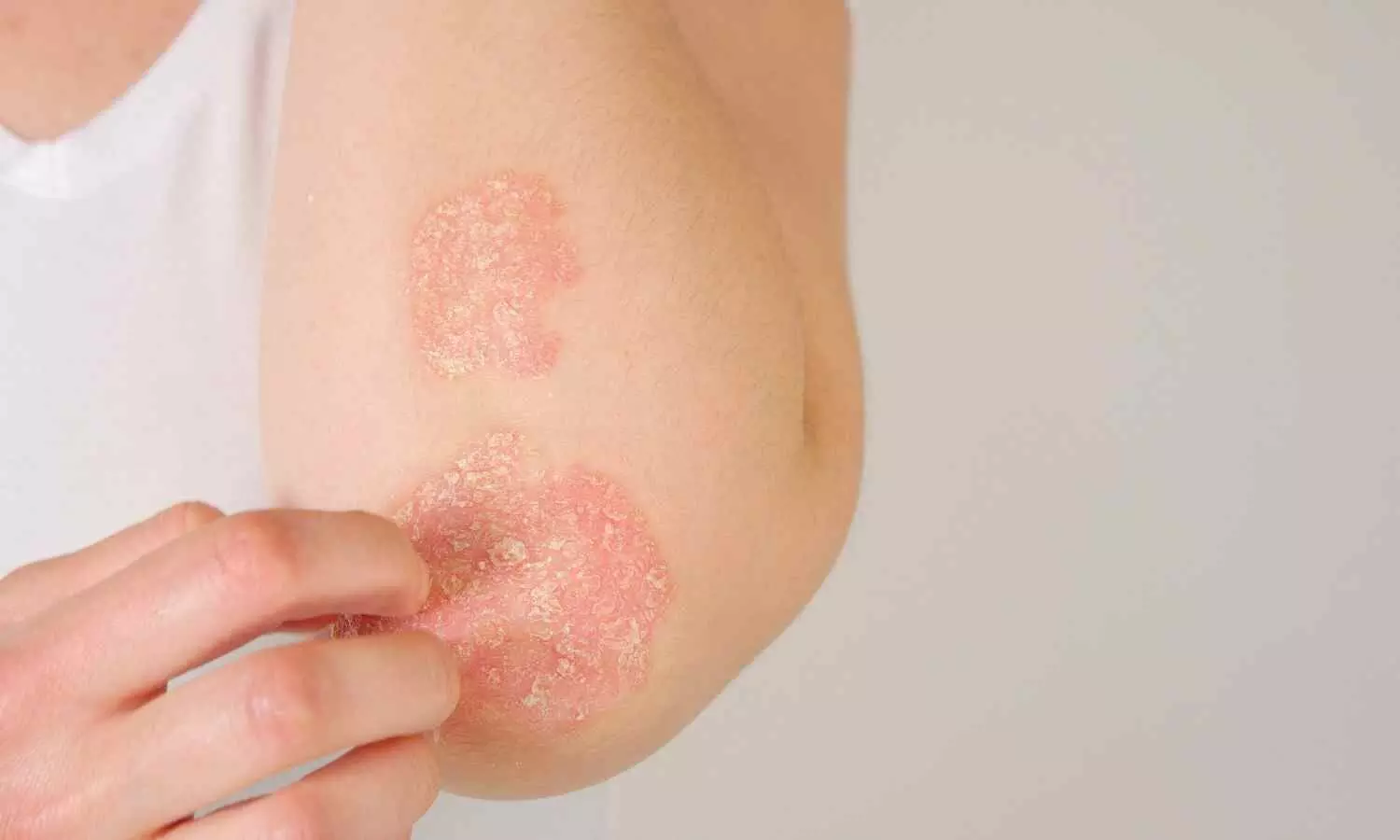Silane-Modified Fillers Enhance Dental Composite Performance, suggests study
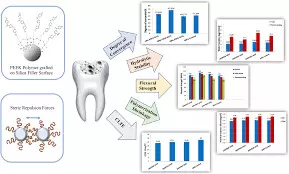
Researchers have found in a new study that incorporating filler particles functionalized with silanes containing long alkyl spacers between the silyl and methacrylate groups offers a promising approach for creating packable dental composites. Further these materials demonstrate strong mechanical properties and a significant decrease in viscosity when heated, improving their clinical applicability.
A study was done to evaluate the influence of the nature of silane coupling agents on the consistency of dental composites at various temperatures. Silanes SI 1–4 were synthesized in one single step. They were characterized by 1H and 13C NMR spectroscopy. SI 1–4, as well as 3-methacryloyloxypropyltrimethoxysilane (MPTS), 8-methacryloyloxyoctyltrimethoxysilane (MOTS) and n-dodecyltrimethoxysilane were then used to functionalize a barium aluminum borosilicate glass filler (d50 = 1.0 µm). Silanizations were carried out in cyclohexane in the presence of a catalytic amount of n-propylamine. Each silane was used in an equimolar amount. Composites containing 67 wt% of silanized fillers and packable composites exhibiting a similar consistency at room temperature were subsequently formulated. The consistency of the uncured composites was determined at various temperatures (23 °C, 30 °C, 50 °C and 60 °C) using a texture analyzer. The flexural strength and modulus of the cured composites were assessed according to ISO 4049. Results: The structure of the silane was shown to strongly influence the consistency of composites. The spacer length between silyl and methacrylate groups, as well as the presence of a urea or a urethane moiety, were demonstrated to be key parameters. Heating of each composite resulted in a drop of the consistency. The decrease was however significantly stronger if coupling agents with long spacers were selected. Especially, the use of SI 3 provided a packable composite which exhibited a packable consistency at 30 °C and flowable consistency at 60 °C. Regarding mechanical properties, it was shown that the coupling agent must be able to copolymerize with the monomers of the organic matrix to obtain high flexural strength and modulus values. The silanization of glass fillers using silanes bearing a long spacer was shown to have an additional advantage: packable composites having a higher filler content, and consequently improved flexural modulus, can be formulated. The use of filler particles functionalized with silanes containing long alkyl spacers between the silyl and methacrylate moiety is a promising strategy for the development of packable dental composites which exhibit good mechanical properties and a strong drop in consistency upon heating.
Reference:
Benjamin Grob, Nathan Wachter, Robert Liska, Yohann Catel,
Heating of dental composites: The crucial role of the silane coupling agent on the consistency change, Dental Materials, 2025, ISSN 0109-5641,
https://doi.org/10.1016/j.dental.2025.06.022.
(https://www.sciencedirect.com/science/article/pii/S0109564125006785)
Keywords:
Silane-Modified, Fillers, Enhance, Dental, Composite, Performance, suggest, study, Benjamin Grob, Nathan Wachter, Robert Liska, Yohann Catel, Heating of dental composites
Powered by WPeMatico


